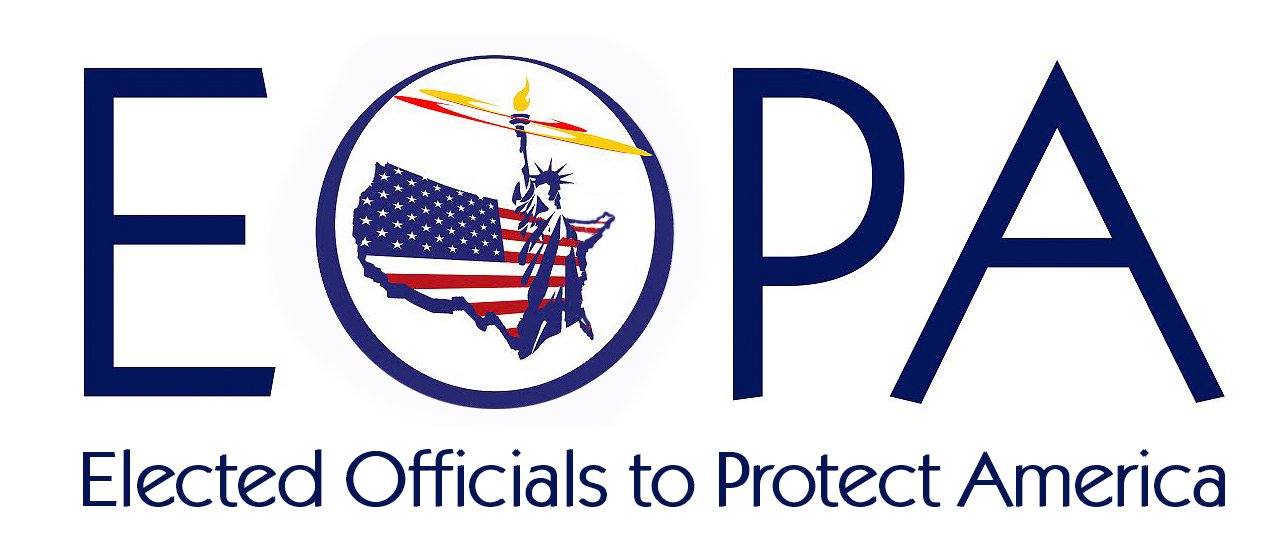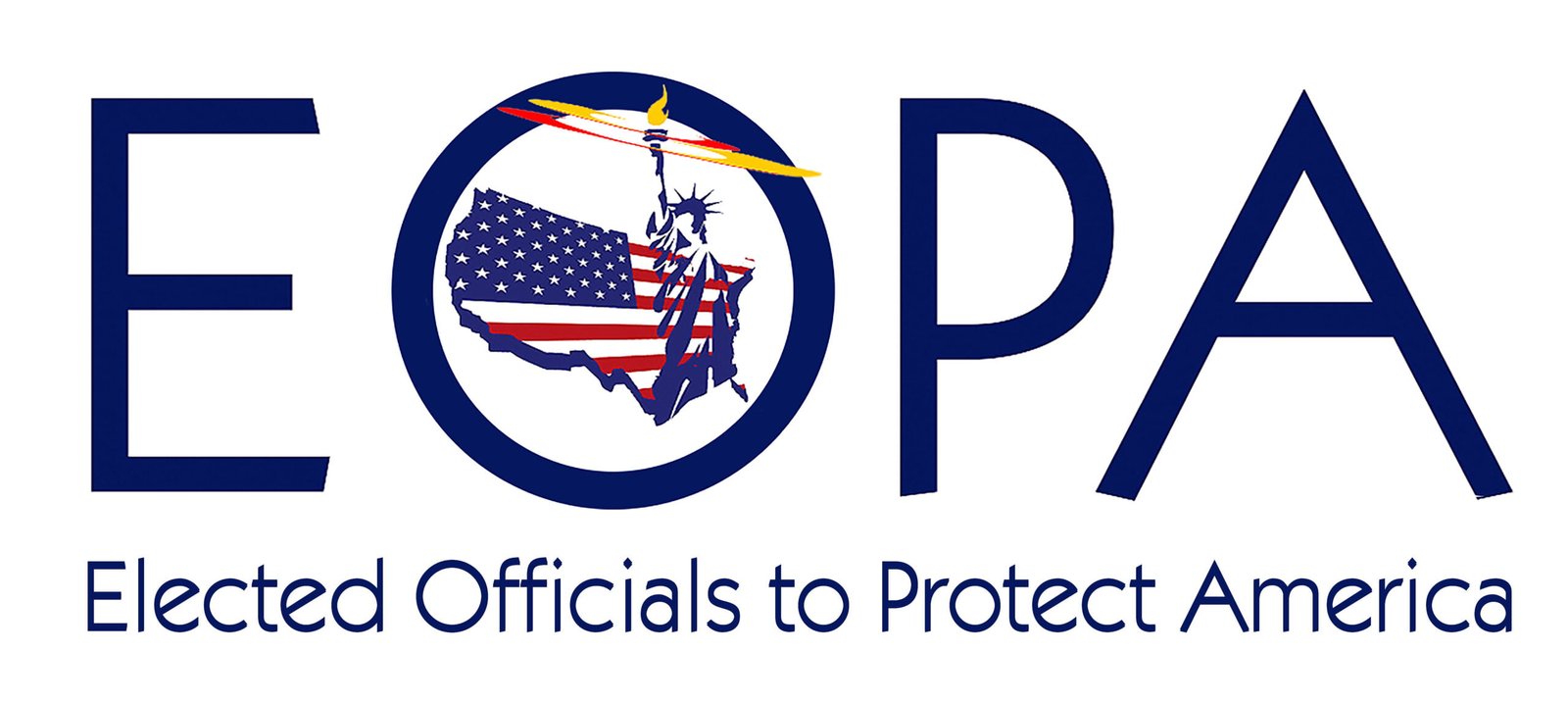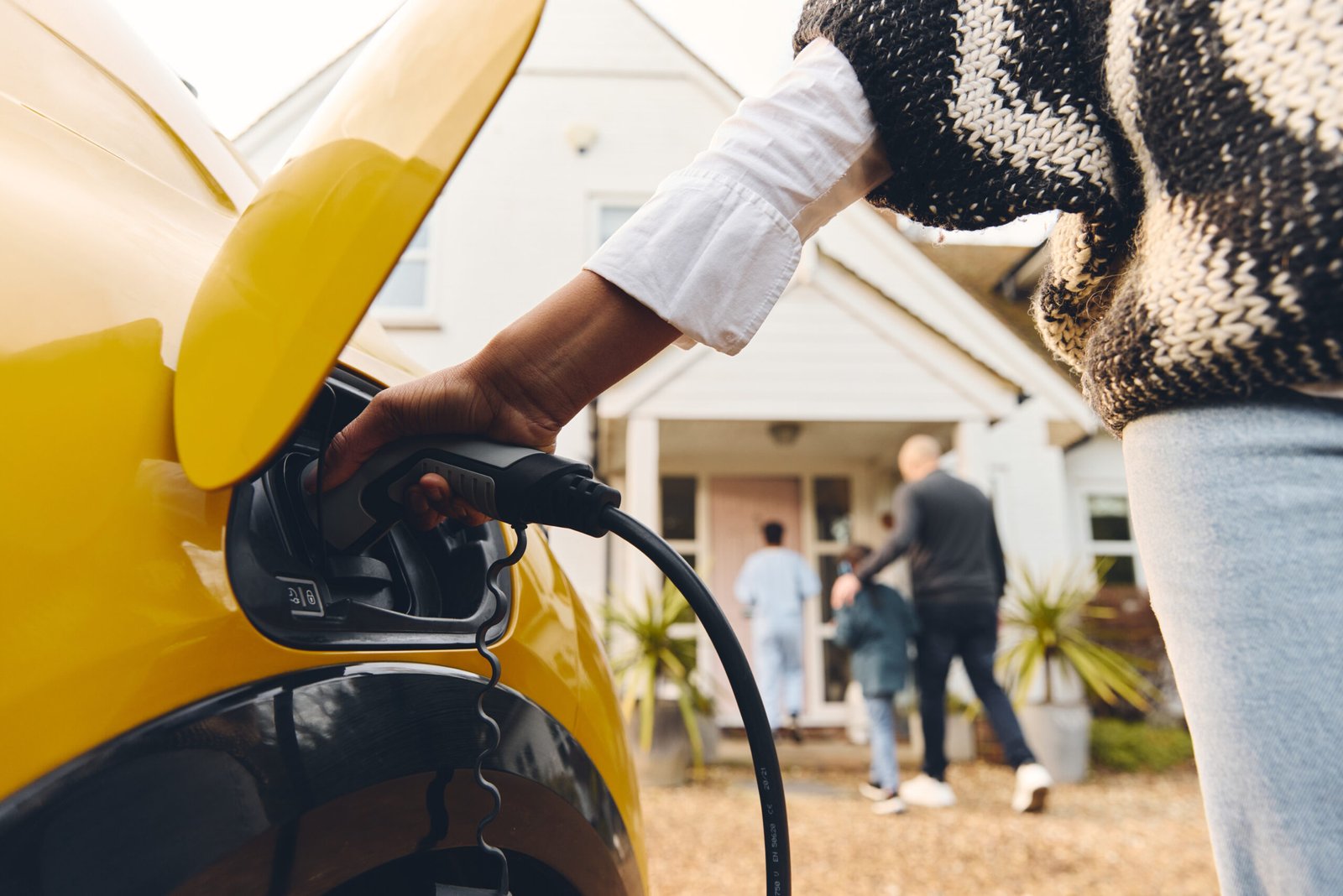Clean Energy is Energy Security -
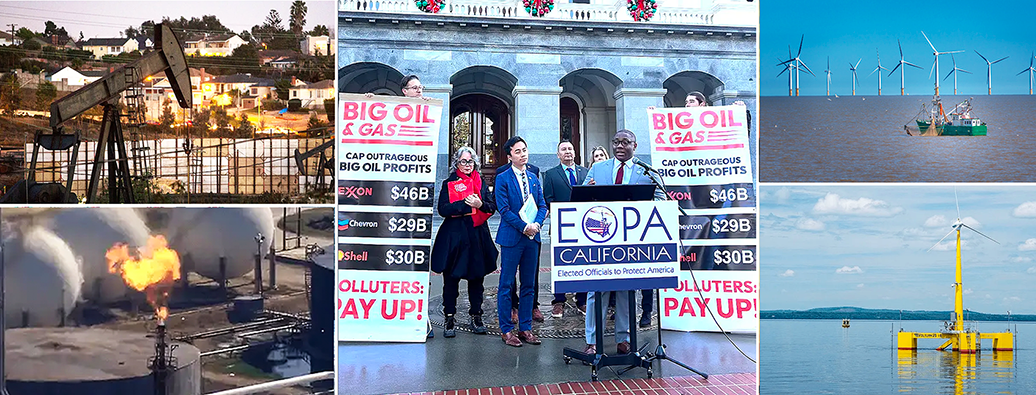
The need to accelerate the transition to a 100% clean energy economy is urgent, for without it the American public will continue to be subjected to oil and gas increases when the industry deems, not when is necessary. In the 1970s, Americans suffered financially during an oil crisis because OPEC countries limited supplies and prices skyrocketed. It has happened all over again with new and old players. The end result will always be the same — consumers will pay increased prices, while fossil fuel companies make record profits from price gouging. Now the industry is using inflation and the war in Ukraine as false excuses to price gouge. We have the power to stop this cycle that is killing the planet as it fuels greenhouse gasses.
Only when we transition from fuel fuels completely will we ensure our security.
Starting in 2012, we’ve run programs for an equitable transition from a fossil fuel economy to a 100% clean energy economy. With specific initiatives in California and New York, E.O.P.A. has successfully worked on divestment issues, safety set-back zones around fossil fuel wells, oil well capping and remediation, and an equitable end to fracking, while helping environmental justice communities hardest hit from the devastating toxic fumes from oil production and fossil-fuel extraction. Our work is ongoing.
We see offshore wind energy as key to accelerate our transition to a clean energy economy.
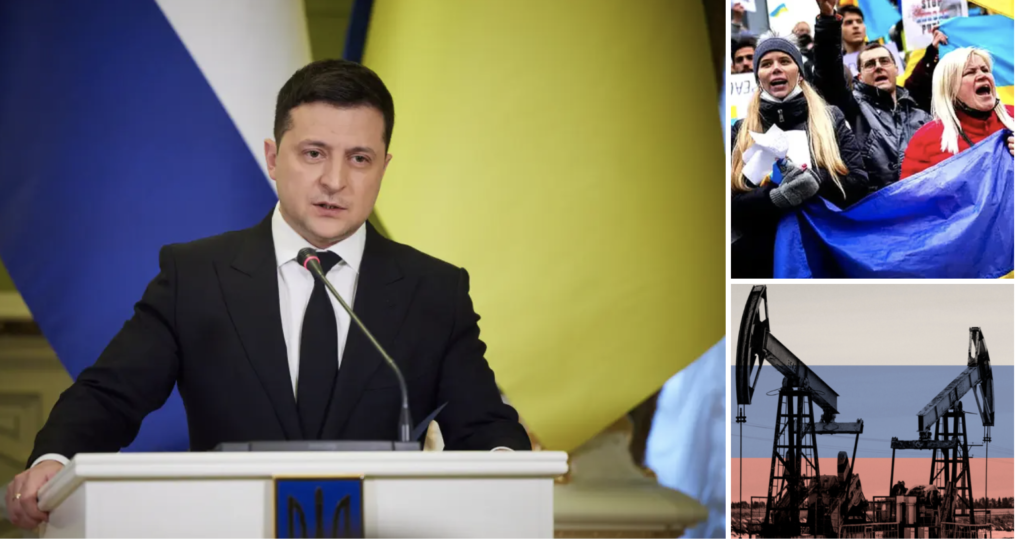
Internationally, the Plan for Ukraine is a crucial opportunity to help undermine Putin’s war in Ukraine, strengthen global security, and increase clean energy production. Russia’s war on Ukraine has shown how fossil fuels are making our world less safe and dependent on autocratic dictators.
The original Marshall Plan was an audacious, innovative strategy that provided Europe with the stimulus needed to rapidly rebuild after World War II.
Now we need a Clean Energy Security Marshall Plan to help Ukraine rebuild a clean energy economy with the security of knowing that they won’t be vulnerable to oil and gas fluctuations, and the dangers of being dependent on fossil fuels ever again.
It would be inhumane to wait for the end of the war as millions of Ukrainians are suffering in frigid winter temperatures without electricity. Learn more here.
Our goal is to electrify our nation’s transportation system with large-scale public/private funding and national electric vehicle (EV) charging infrastructure to transition off of a fossil fuel transportation system to one using clean renewable energy. We had a successful clean vehicle tour from Maine to Georgia educating elected officials about the benefits of EVs. E.O.P.A. won two national awards for our educational EV tour.
Offshore wind has the potential to provide more than 2,000 gigawatts (GW) of electric energy in the United States — at least two times the present generation of the entire U.S. electric grid, according to a National Renewable Energy Laboratory estimate. The sheer size of the resource illustrates the critical contribution that offshore wind can make toward an energy system powered by 100% clean renewable energy.
Offshore wind would be the biggest lever that we can pull to reduce our emissions, address the climate crisis, meet our energy needs, and grow our economy simultaneously. It’s poised to become a $1 trillion industry by 2040, creating thousands of good-paying jobs, providing clean renewable energy, and spurring economic growth and environmental justice.
The U.S. Offshore Wind Power Economic Impact Assessment states that offshore wind is forecasted to create nearly 83,000 jobs across an estimated 74 occupations in the U.S. by 2030, with over 23,000 of those jobs being permanent, full-time jobs that will exist once the projects are fully constructed and operational. These jobs include electricians, welders, turbine technicians, longshoremen, truck drivers, crane operators, ironworkers, pipe fitters, pile drivers, engineers, mechanics, scientists, and offshore equipment and vessel operators.
The US goal set in 2023 of 30 gigawatts of offshore wind capacity by 2030 and 15 gigawatts of floating offshore wind energy by 2035 will easily be met with current offshore wind projects in development.
EOPA has letters for New York, New Jersey and California signed by elected officials in their respective states backing responsible offshore wind development. Learn more here.
